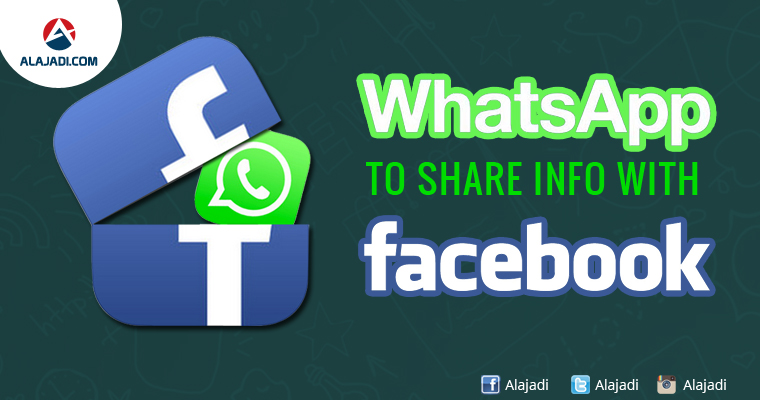Ever since in WhatsApp has been taken over by Facebook, the company is being criticized for privacy concerns. Aren’t we giving this one company to much personal information? Voluntarily even! At the same time that WhatsApp is changing, it also growing. Making WhatsApp more powerful than anyone had ever thought.
In 2014 WhatsApp was bought by Facebook, a company that is making money out of data, gathered from their users. Facebook is a platform, that initially earns money by collecting data from users and sells advertisements based on user’s information. Also, some other, more recent changes in WhatsApp’s policy raise many concerns: in 2016 WhatsApp introduces blue read notifications, putting your privacy towards your friends and acquaintances at risk. In the same year WhatsApp also updates its privacy regulations, handing their selves a little bit more power. (Mijn Online Identiteit, 2017), (iCulture, 2017a).
This year, in 2017, WhatApp again launches a new feature, now making it possible to share your location via WhatsApp. It shouldn’t be news WhatsApp already knows where you are most of the time, but now actually dares to stresses the fact they know where you are, all the time. You can use the software to share your real-time location, this way family and friends can follow every movement, without even having to ask you. You don’t even have to go online for this feature. (Perez, 2017).
In 2016 WhatsApp decides to respond to the request of both the uses and government, WhatsApp introduces end-to-end encryption. End-to-end encryption secures extra safety: messages and calls are now encrypted, which means no-one else, but you and your partner in dialogue can access your conversation. This has been a moving change and an enormous investment for WhatsApp, with which they really show they do care about your privacy. However, users shouldn’t get too enthusiastic about this change too fast. As your messages and conversation are probably still not a 100% save, mostly due to unsecured, online, back-up services many people use. (iCulture, 2017b)
But even if WhatsApp itself, would try its absolute best to protect all user data, the question should be raised whether it ever is a good idea to store so much information, from so many people, within the same system. Shouldn’t we see this last update as a warning? A warning that the Whatsapp-Facebook company probably already has too much power, and is still expanding.
Bibliography
1. Mijn Online Identiteit (2017). Blauwe vinkjes WhatsApp uitzetten voor Android en IOS. Retrieved from https://www.mijnonlineidentiteit.nl/blauwe-vinkjes-whatsapp-uitzetten/, viewed 19-10-2017.
2. ICulture (2017). WhatsApp en privacy: zo hou je zelf controle over je data. Retrieved from https://www.iculture.nl/gids/whatsapp-privacy-beveiliging-encryptie/, viewed 19-10-2017.
3. ICulture (2017). WhatsApp is nu op alle toestellen beveiligd met end-to-end-encryptie. Retrieved from https://www.iculture.nl/nieuws/whatsapp-end-to-end-encryptie-geactiveerd/, viewed 20-10-2017.
4. Perez, S. (2017). WhatsApp tests real-time location sharing in its app. Retrieved from https://techcrunch.com/2017/02/03/whatsapp-tests-real-time-location-sharing-in-its-app/, viewed 19-10-2017.


